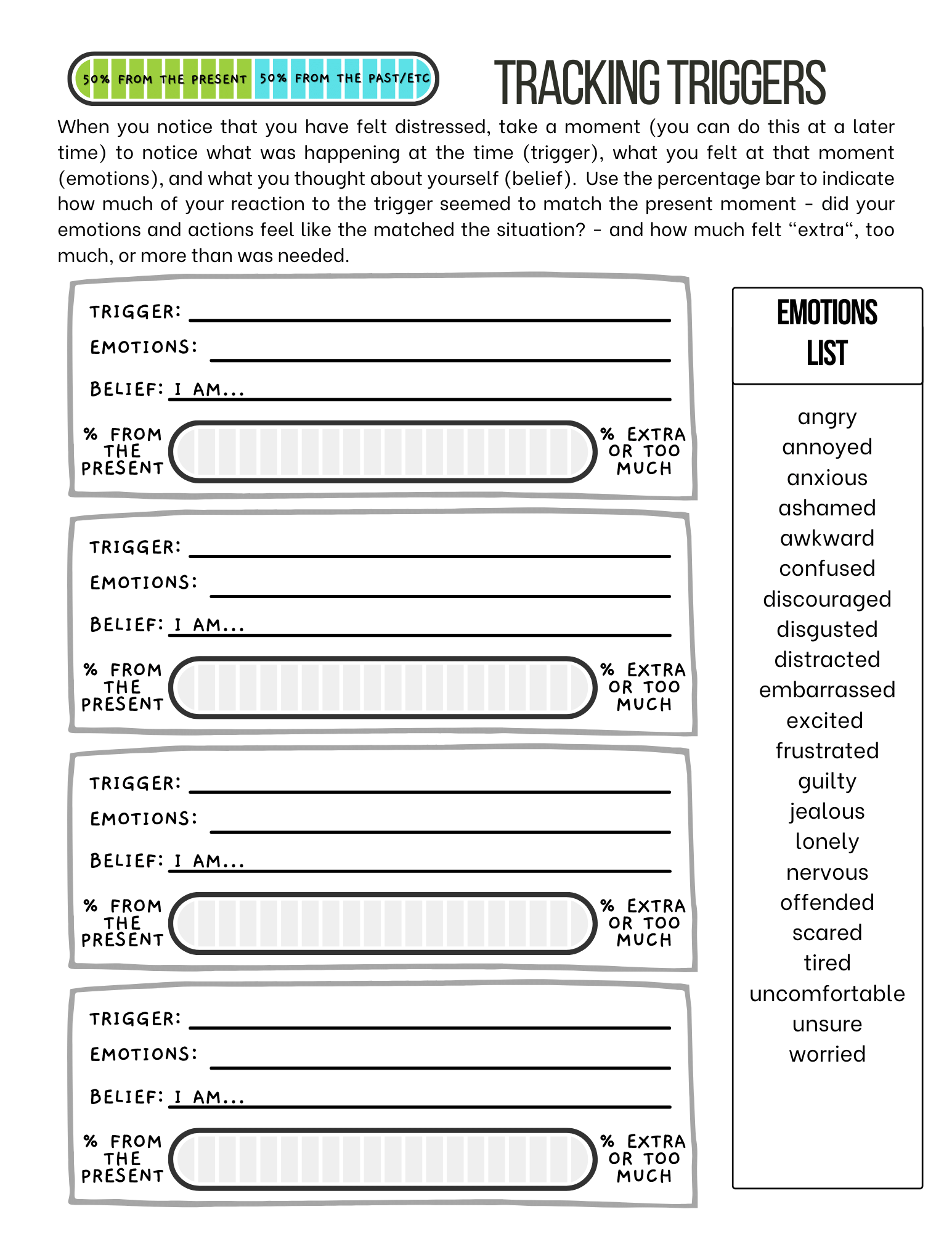On November 9th, 2023, Hope Roots hosted a 1-hour Free Discussion with Dorinna Ruh with tools to help therapists learn to assess clients for dissociation. This call, and other training resources are provided as part of Hope Roots' mission to increase access to trauma-informed care. For more resources like this, please subscribe on YouTube at https://www.youtube.com/@hoperoots and signup for email updates when new resources are posted.
Event Description
Discovering a client’s dissociative disorder is the first step toward their receiving proper treatment. Yet many therapists do not get adequate training regarding dissociation, specifically how to assess it. As a result, it takes between 5 - 12 years for someone in therapy to get diagnosed with a dissociative disorder (Brand BL, Loewenstein RJ, Spiegel D. Dispelling myths about dissociative identity disorder treatment: an empirically based approach. Psychiatry. 2014 Summer;77(2):169-89).
Dorinna Ruh has taught advanced EMDR Therapy skills since 2010 as an EMDRIA-approved consultant and specializes in dissociative disorders. Learn more about Dorinna’s work at https://advanced-emdr-education.com/ In this free call, Dorinna will review dissociation assessment for therapists who want to ensure they have the basic skills needed to identify clients who may have a dissociative disorder. No CEUs will be given.
Donations Appreciated
If you find this offering of value, please consider sending a donation to Hope Roots, so we can continue our mission of increasing access to trauma-informed care (including training opportunities like this!). You can also Venmo a donation (@hoperoots).
This list is not for diagnosis, but combines wisdom from multiple sources to help trauma therapists more quickly identify someone who may have a dissociative disorder. Click here to download a PDF of this handout.
Three or more prior diagnoses (esp. BPD, Bipolar, mood disorders)
Prior treatment failure
Concurrent psychiatric and somatic symptoms
A history of abuse as a child (esp. twisted, complex)
An inability to recall childhood events from the years 6 to 11
Severe headaches and other pain syndromes
Impaired affect regulation
Chronic destructive behavior
Easily learning coping skills in session, inability to use them outside
Distorted relationships with others
Loss of one's system of meaning.(i.e. losing one's core beliefs, values, religious faith, or hope in the world and other people - https://www.verywellmind.com)
Neglect in infancy
Physical unavailability of primary caregiver in the first 2 years of life
Childhood caregivers who were frightened or frightening
Fluctuating symptoms and levels of function
Time distortion, time lapses, or frank amnesia
Being told of disremembered behaviors
Others noting observable changes
The discovery of objects, productions, or handwriting in one’s possession that one cannot account for or recognize
Hearing voices (80% or more experienced as within the head) that are experienced as separate, often urging the patient toward some activity
The patient’s use of “we” in a collective sense and/or making self-referential statements in the third person
The eliciting of other entities through hypnosis or a drug-facilitated interview
Traumatic medical history or childhood hospitalizations/procedures
Refugee population
Ability to block out pain, high pain tolerance Indications of disorganized attachment
Client with lots of symptoms and report a history of a great childhood
Therapist feels “floaty”, inexplicably tired or confused when the client is present .
Items in bold are ones we can usually learn very early in treatment or during intake questions
Compiled from Van der Kolk, 2001, Kluft, 1999, Twombly, 2013
In EMDR Therapy, clients reprocess not just a single traumatic memory, but any past memories and present triggers that are fueling their present symptoms. For instance, if the presenting problem is social anxiety the clinician will help the client explore the present triggers related to their symptoms (i.e. the grocery store is crowded) and then use a “floatback” technique to make a list of past memories that are connected to those thoughts, emotions, and sensations in the client’s memory network (i.e. age 5 - lost in store; age 27 - robbery). The client will also consider how they will feel and respond in the future after EMDR therapy (i.e. a calm trip to the store). An EMDR Therapy treatment plan is completed when a client has reprocessed any past memories, any present triggers, and can visualize themselves successfully navigating the future without distress. The worksheet below can be used by EMDR-trained clinicians to map out a plan for a client’s EMDR therapy.
The worksheet below is a resource that we use to help clients notice and track the triggers they have throughout the week. Tracking what triggers your distress can help you understand patterns and possible links to past trauma or stress in your nervous system. This worksheet is especially helpful for those beginning EMDR therapy because it allows you to practice noticing how your thoughts, behaviors, emotions, and body sensations connect in your memory network. An EMDR therapist can help you take these triggers and create a treatment plan to target the memories causing your symptoms. For example, if you notice that you often have anxiety in the grocery store you would write “grocery store” or “shopping” on the Trigger line, then “anxiety”, “fear”, or “nervousness” on the Emotions line, then maybe write a thought that you notice when you think about that trigger and feeling - “I am unsafe” - on the Belief line, and finally when you think about the anxiety that you felt at the store notice how much of that emotion felt like it matched the present moment. If you notice that being in the grocery store was not unsafe and nothing happened in the present that would indicate that you were unsafe in the grocery store, then you might color in only a small sliver of the status bar to show that only a tiny percent of your anxiety seemed to match that situation and the larger percentage of your reaction seemed to be coming from somewhere else (most likely a moment in the past). In your EMDR therapy session, your therapist can help you trace that trigger to a memory in the past (maybe a time when you truly were unsafe in a similar setting or lost in a store as a child). There may be multiple memories related to a trigger in the present. When the memories connected to that anxiety are reprocessed with EMDR therapy, you will notice that your emotions will begin to match the present and you no longer feel anxiety in grocery stores.






